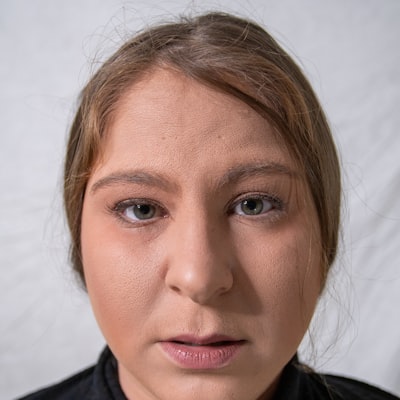10 Simple Techniques For ביופידבק (Biofeedback) - על הטיפול, הסיכונים והתהליך - Infomed


ליווי אישי - לגעת בפיתה
Little Known Facts About Biofeedback - Wikipedia.

In skin conductance, an electrodermograph imposes an imperceptible existing throughout the skin and measures how quickly it takes a trip through the skin. When anxiety raises the level of sweat in a sweat duct, conductance boosts. Skin conductance is determined in microsiemens (millionths of a siemens). In skin capacity, a therapist places an active electrode over an active site (e. g., the palmar surface area of the hand) and a referral electrode over a relatively inactive site (e. g., forearm). Skin potential is the voltage that develops in between eccrine gland and internal tissues and is determined in millivolts (thousandths of a volt).

מכשיר ביופידבק לחיזוק רצפת האגן - I
Skin resistance is determined in k (thousands of ohms). Check it Out use electrodermal biofeedback when dealing with anxiety disorders, hyperhidrosis (excessive sweating), and tension. Electrodermal biofeedback is utilized as an accessory to psychotherapy to increase customer awareness of their feelings. In addition, electrodermal measures have actually long served as among the main tools in polygraphy (lie detection) since they reflect modifications in stress and anxiety or psychological activation. An electroencephalograph (EEG) measures the electrical activation of the brain from scalp websites located over the human cortex. The EEG reveals the amplitude of electrical activity at each cortical site, the amplitude and relative power of numerous wave kinds at each site, and the degree to which each cortical website fires in combination with other cortical sites (coherence and balance).
The EEG records both excitatory postsynaptic capacities (EPSPs) and repressive postsynaptic potentials (IPSPs) that largely happen in dendrites in pyramidal cells found in macrocolumns, a number of millimeters in size, in the upper cortical layers. Neurofeedback monitors both slow and quick cortical potentials. Slow cortical potentials are steady changes in the membrane potentials of cortical dendrites that last from 300 ms to a number of seconds. These potentials include the contingent unfavorable variation (CNV), preparedness potential, movement-related potentials (MRPs), and P300 and N400 capacities. Quick cortical capacities vary from 0. 5 Hz to 100 Hz. The primary frequency ranges include delta, theta, alpha, the sensorimotor rhythm, low beta, high beta, and gamma.
